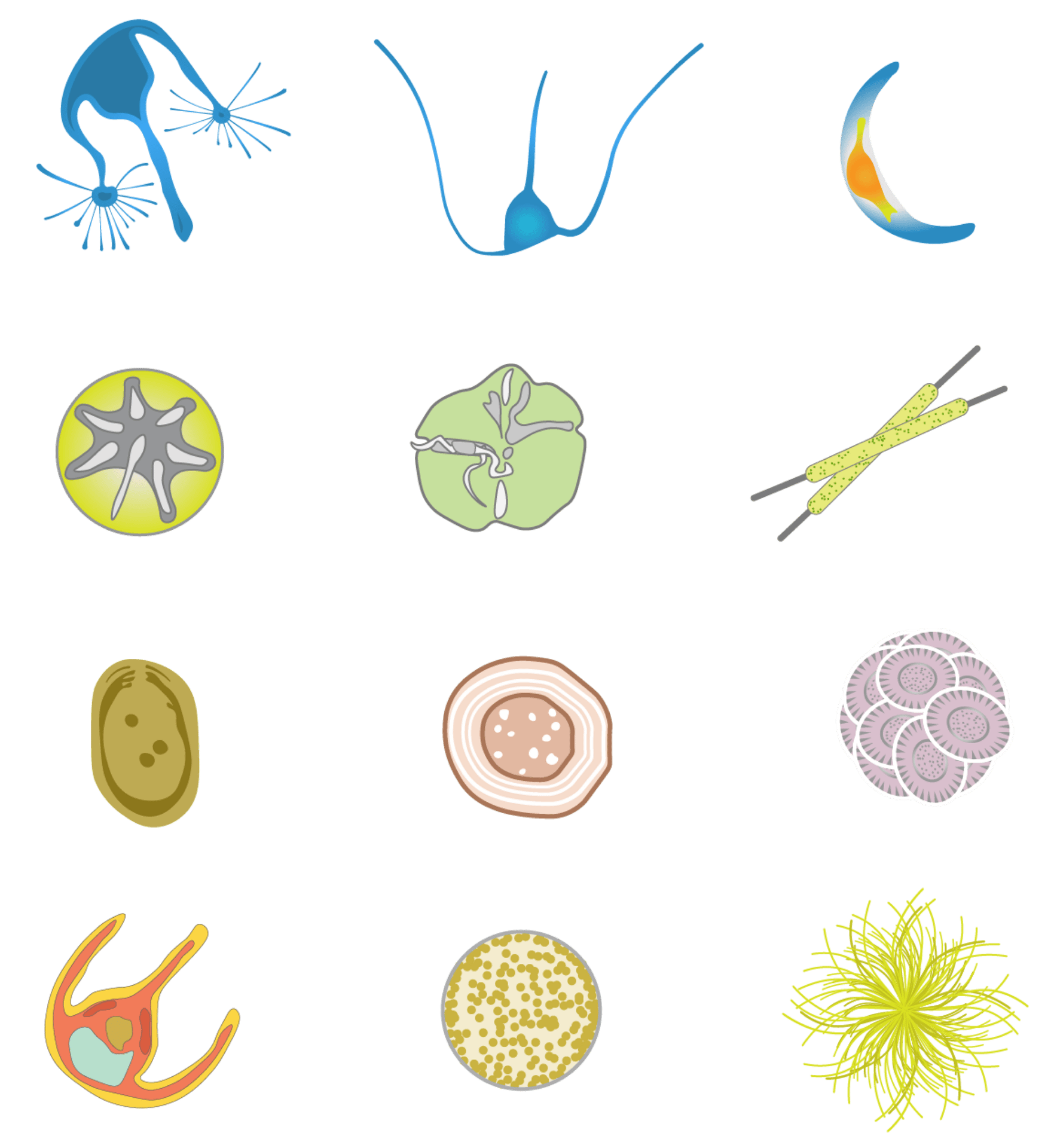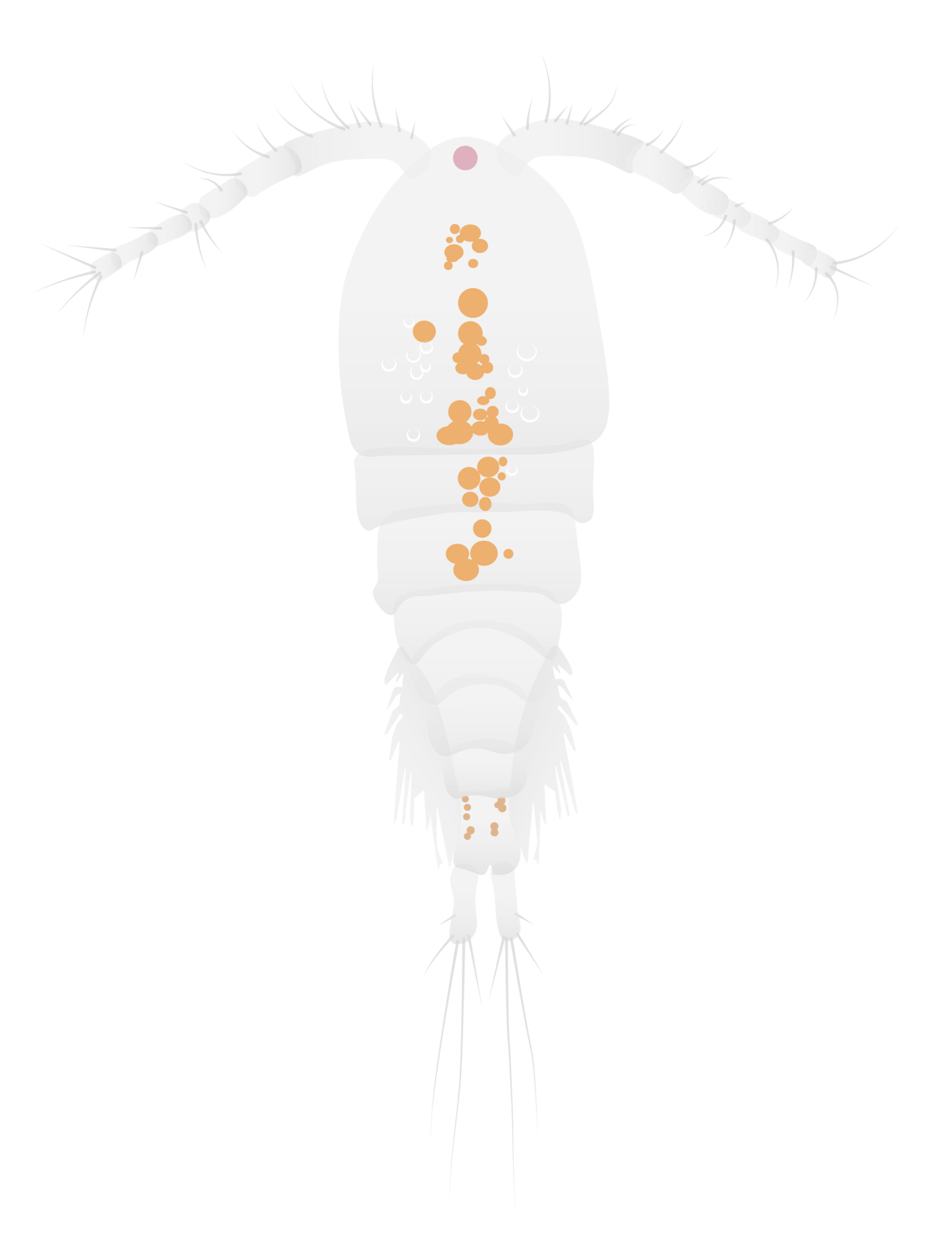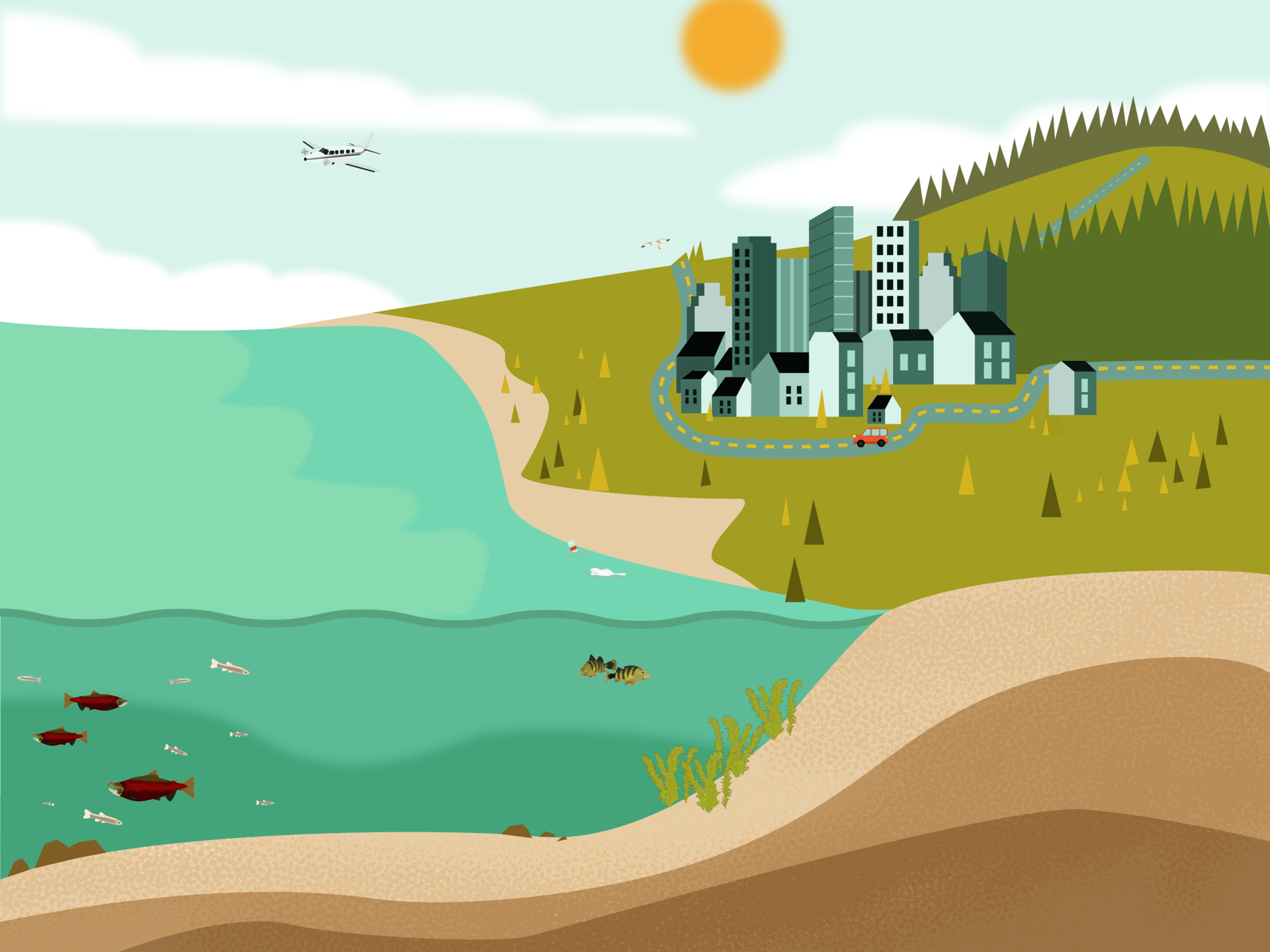The Biological Carbon Pump (BCP) contributes to the ocean's role in taking up and storing carbon dioxide (CO2) from the atmosphere. Without the BCP the amount of CO2 in the atmosphere would be much higher. Journey to the bottom of the ocean to learn how the BCP works!
CARBON PUMP
BIOLOGICAL
THE
Your browser window is too small. Please resize the window, or switch to a device with a bigger screen.
Please turn your device to landscape mode or resize your browser window.
GIANT AMPHIPOD, 20–300 mm
GIANT LARVACEAN, up to 1 metre
DIET: Marine snow





The health of the biological carbon pump is inextricably linked to the health of our blue planet. We must do everything in our power to safeguard it for generations to come.
Scientists are deeply concerned about how these changes will affect the ocean's ability to continue absorbing and sequestering carbon dioxide. If the biological carbon pump becomes less efficient, it could lead to even faster global warming, with catastrophic consequences for life on our planet.
We now know that the BCP is no longer in a state of equilibrium. The amount of CO2 absorbed is greater than the amount being released.
THE BIOLOGICAL CARBON PUMP and CLIMATE CHANGE




